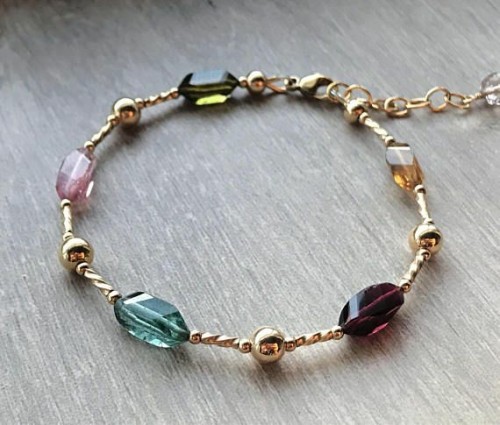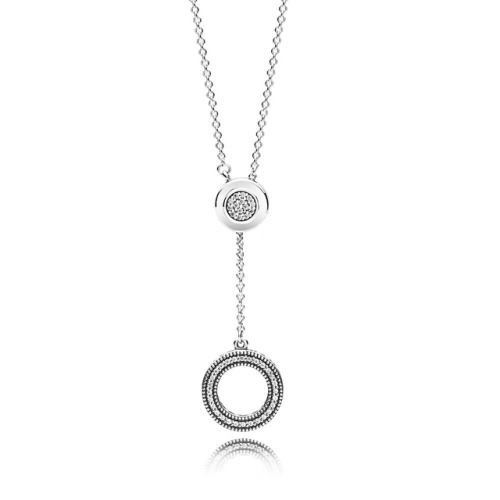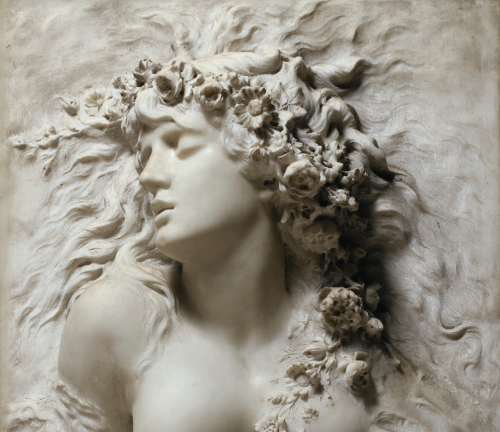Teddyglez1976 - Rincón De Sibaritas










More Posts from Teddyglez1976 and Others
"En cualquier dirección que recorras el alma, nunca tropezarás con sus límites".


Sócrates.

Prometheus Being Chained by Vulcan by Dirck van Baburen, 1623, Museum of the Netherlands
Prometheus stole fire from the gods and gave it to mankind. As punishment, Vulcan chained him to a rock, where an eagle pecked out his liver causing him excruciating pain. Here we see Prometheus being chained, his face contorted with fear, while Mercury laughs at him. Van Baburen borrowed the dramatic illumination and the figure’s sunburned hands and faces from his great model Caravaggio.
https://www.rijksmuseum.nl/nl/collectie/SK-A-1606
![[ Rilakkuma To Kaoru-san ]](https://64.media.tumblr.com/2d9272baa7f7b3bb4cfa0a4c7789fafc/tumblr_psxfaaPdLt1uxf91ko1_r1_500.gif)
[ Rilakkuma to Kaoru-san ]

Pandora mom bracelet
http://bit.ly/braceletcharms

Ophelia, 1880, by Sarah Bernhardt (1844-1923)
Mars in a Box: How a Metal Chamber on Earth Helps us do Experiments on Mars

Inside this metal box, it’s punishingly cold. The air is unbreathable. The pressure is so low, you’d inflate like a balloon. This metal chamber is essentially Mars in a box — or a near-perfect replica of the Martian environment. This box allows scientists to practice chemistry experiments on Earth before programming NASA’s Curiosity rover to carry them out on Mars. In some cases, scientists use this chamber to duplicate experiments from Mars to better understand the results. This is what’s happening today.
The ladder is set so an engineer can climb to the top of the chamber to drop in a pinch of lab-made Martian rock. A team of scientists is trying to duplicate one of Curiosity’s first experiments to settle some open questions about the origin of certain organic compounds the rover found in Gale Crater on Mars. Today’s sample will be dropped for chemical analysis into a tiny lab inside the chamber known as SAM, which stands for Sample Analysis at Mars. Another SAM lab is on Mars, inside the belly of Curiosity. The SAM lab analyzes rock and soil samples in search of organic matter, which on Earth is usually associated with life. Mars-in-a-box is kept at NASA’s Goddard Space Flight Center in Greenbelt, Maryland.

This is Goddard engineer Ariel Siguelnitzky. He is showing how far he has to drop the sample, from the top of the test chamber to the sample collection cup, a small capsule about half an inch (1 centimeter) tall (pictured right below). On Mars, there are no engineers like Siguelnitzky, so Curiosity’s arm drops soil and rock powder through small funnels on its deck. In the photo, Siguelnitzky’s right hand is pointing to a model of the tiny lab, which is about the size of a microwave. SAM will heat the soil to 1,800 degrees Fahrenheit (1,000 degrees Celsius) to extract the gases inside and reveal the chemical elements the soil is made of. It takes about 30 minutes for the oven to reach that super high temperature.

Each new sample is dropped into one of the white cups set into a carousel inside SAM. There are 74 tiny cups. Inside Curiosity’s SAM lab, the cups are made of quartz glass or metal. After a cup is filled, it’s lifted into an oven inside SAM for heating and analysis.

Amy McAdam, a NASA Goddard geochemist, hands Siguelnitzky the sample. Members of the SAM team made it in the lab using Earthly ingredients that duplicate Martian rock powder. The powder is wrapped in a nickel capsule (see photo below) to protect the sample cups so they can be reused many times. On Mars, there’s no nickel capsule around the sample, which means the sample cups there can’t be reused very much.

SAM needs as little as 45 milligrams of soil or rock powder to reveal the secrets locked in minerals and organic matter on the surface of Mars and in its atmosphere. That’s smaller than a baby aspirin!
Siguelnitzky has pressurized the chamber – raised the air pressure to match that of Earth – in order to open the hatch on top of the Mars box.

Now, he will carefully insert the sample into SAM through one of the two small openings below the hatch. They’re about 1.5 inches (3.8 centimeters) across, the same as on Curiosity. Siguelnitzky will use a special tool to carefully insert the sample capsule about two feet down to the sample cup in the carousel.

Sample drop.

NASA Goddard scientist Samuel Teinturier is reviewing the chemical data, shown in the graphs, coming in from SAM inside Mars-in-a-box. He’s looking to see if the lab-made rock powder shows similar chemical signals to those seen during an earlier experiment on Mars.
Make sure to follow us on Tumblr for your regular dose of space: http://nasa.tumblr.com

Así, contando las gotas de lluvia, me encuentro esperando tu regreso. 😢💧💧💧☔⚡

Summer Solitude, Deborah Bays.


Artemisia Gentileschi (Italian, 1593 - c. 1656): Saint Sebastian tended by Irene (via Sotheby’s)
-
 heynaniki liked this · 4 months ago
heynaniki liked this · 4 months ago -
 aquynh liked this · 7 months ago
aquynh liked this · 7 months ago -
 pr8jectphant0m liked this · 1 year ago
pr8jectphant0m liked this · 1 year ago -
 nobody-and-nothingbear937 liked this · 1 year ago
nobody-and-nothingbear937 liked this · 1 year ago -
 lunajadelyn liked this · 2 years ago
lunajadelyn liked this · 2 years ago -
 mybedofdreams reblogged this · 2 years ago
mybedofdreams reblogged this · 2 years ago -
 ghoulgaara reblogged this · 2 years ago
ghoulgaara reblogged this · 2 years ago -
 indig0pearl liked this · 3 years ago
indig0pearl liked this · 3 years ago -
 ponyboycurtis- liked this · 3 years ago
ponyboycurtis- liked this · 3 years ago -
 kyattokoorudoron reblogged this · 3 years ago
kyattokoorudoron reblogged this · 3 years ago -
 kyattokoorudoron liked this · 3 years ago
kyattokoorudoron liked this · 3 years ago -
 yerimsies liked this · 3 years ago
yerimsies liked this · 3 years ago -
 mysteriousbewi liked this · 3 years ago
mysteriousbewi liked this · 3 years ago -
 bcblackcat liked this · 3 years ago
bcblackcat liked this · 3 years ago -
 maskedblackfox liked this · 3 years ago
maskedblackfox liked this · 3 years ago -
 s-e-bunny liked this · 4 years ago
s-e-bunny liked this · 4 years ago -
 mayehannibals reblogged this · 4 years ago
mayehannibals reblogged this · 4 years ago -
 mayehannibals liked this · 4 years ago
mayehannibals liked this · 4 years ago -
 picnic-blanket-delights liked this · 4 years ago
picnic-blanket-delights liked this · 4 years ago -
 multighoul liked this · 4 years ago
multighoul liked this · 4 years ago -
 yeonmo liked this · 4 years ago
yeonmo liked this · 4 years ago -
 reservedravens liked this · 4 years ago
reservedravens liked this · 4 years ago -
 varyathevillain reblogged this · 4 years ago
varyathevillain reblogged this · 4 years ago -
 justbelllieve liked this · 4 years ago
justbelllieve liked this · 4 years ago -
 oldcrdigan reblogged this · 4 years ago
oldcrdigan reblogged this · 4 years ago -
 oldcrdigan liked this · 4 years ago
oldcrdigan liked this · 4 years ago -
 zakkura reblogged this · 4 years ago
zakkura reblogged this · 4 years ago -
 zakkura liked this · 4 years ago
zakkura liked this · 4 years ago -
 vhe4l liked this · 4 years ago
vhe4l liked this · 4 years ago -
 the-subtle-butterknife reblogged this · 4 years ago
the-subtle-butterknife reblogged this · 4 years ago -
 the-subtle-butterknife liked this · 4 years ago
the-subtle-butterknife liked this · 4 years ago -
 shxnwei liked this · 4 years ago
shxnwei liked this · 4 years ago -
 cardboxshelter liked this · 4 years ago
cardboxshelter liked this · 4 years ago -
 pwotty liked this · 4 years ago
pwotty liked this · 4 years ago -
 shih-coulda-had-it reblogged this · 4 years ago
shih-coulda-had-it reblogged this · 4 years ago -
 maskedblackfox reblogged this · 4 years ago
maskedblackfox reblogged this · 4 years ago -
 lisboy reblogged this · 4 years ago
lisboy reblogged this · 4 years ago -
 tumblebin reblogged this · 4 years ago
tumblebin reblogged this · 4 years ago -
 tumblebin liked this · 4 years ago
tumblebin liked this · 4 years ago -
 smallersocksx reblogged this · 4 years ago
smallersocksx reblogged this · 4 years ago -
 jenniferlovesthebeatles reblogged this · 4 years ago
jenniferlovesthebeatles reblogged this · 4 years ago -
 manananggal reblogged this · 4 years ago
manananggal reblogged this · 4 years ago
Dedicado a los finos amantes de las bellas artes y el estilo exquisito del buen comer.
145 posts